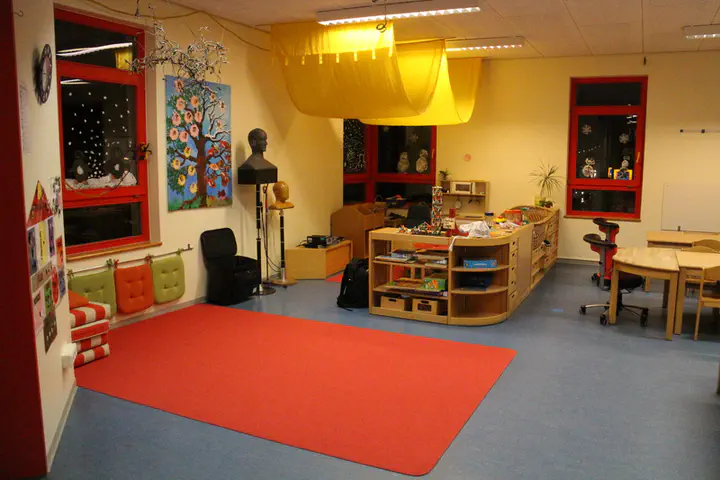A concept to compare noise perception by adults and children using aurally accurate measurements

Abstract
In Germany, many children enter educational institutions at the age of 6-9 months. It is well known that the sound environment in educational institutions has a higher sound level than in normal family life and children‘s development and educational performance can be strongly influenced by noise. Therefore, noise assessment and prevention in pre- and primary schools has got a great importance over the last years. Established methods do not contain enough information about temporal and spectral characteristics of the sound environment and how this affects the perception of a human being. Hence, it is important to consider psychoacoustics parameters. Furthermore, there is little information about differences in noise and sound perception by children in comparison to adults. Therefore, the integration of binaural models into established room acoustic and psychoacoustic parameters can be beneficial to assess noise perception of adults and children. Following an aurally-accurate concept to access noise perception is presented.